1. SCOR®
1.1. Business flow
1.1.1. Plan
1.1.2. Source
1.1.3. Make
1.1.4. Deliver
1.1.5. Return
1.2. Trading Architecture
1.2.1. Supplier's Supplier
1.2.2. Supplier
1.2.3. Company
1.2.4. Customer
1.2.5. Customer's Customer
1.3. Attributes
1.3.1. Reliability
1.3.2. Responsiveness
1.3.3. Flexibility
1.3.4. Cost
1.3.5. Assets
1.4. Internal Control
1.5. Features
2. Technical Niche
3. OeBS
3.1. Plan
3.1.1. MinMax
3.1.2. ReorderPoint
3.1.3. Kanban
3.1.4. Material Requirements Planning
3.1.5. Manufacturing Resource Planning
3.1.6. Advanced Supply Chain Planning
3.1.7. Advanced Planning and Scheduling
3.2. Source
3.2.1. RFQ
3.2.2. RFI
3.2.3. Auction
3.2.4. Sourcing Rules
3.3. Make
3.3.1. Discrete
3.3.2. Process
3.4. Deliver
3.4.1. Warehouse
3.4.2. Transportation
3.4.3. Landed Cost
3.5. Return
3.5.1. RMA
3.5.2. Warranty
4. Oracle Areas
4.1. Demand
4.1.1. Order Management
4.1.2. Demantra Demand Management
4.1.3. Demantra Trade Promotion Management
4.1.4. Demand Signal Repository
4.1.5. Global Order Promising
4.2. Supply
4.2.1. Advanced Supply Chain Planning
4.2.2. Inventory Optimization
4.2.3. Production Scheduling
4.2.4. Manufacturing Operations Center
4.2.5. Procurement
4.2.6. Manufacturing
4.2.7. Warehouse Management System
4.2.8. Oracle Transportation Management
4.2.9. Collaborative Planning
4.2.10. Service Parts Planning
4.3. Product
4.3.1. Agile Enterprise PLM
4.3.2. Prodika
4.4. Nexus of Demand, Supply and Product
4.4.1. Real time S&OP
4.4.2. Strategic Network Optimization
4.4.3. Advanced Planning Command Center

